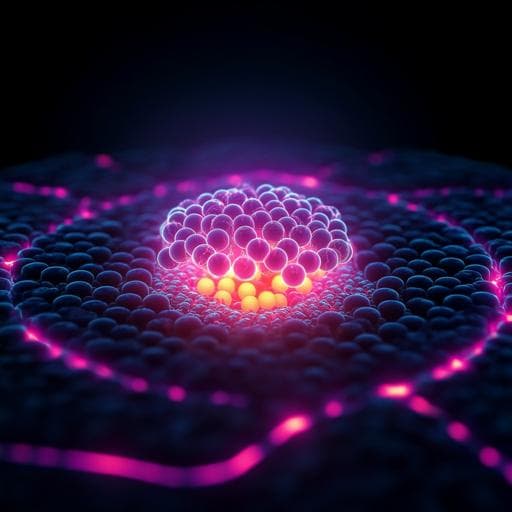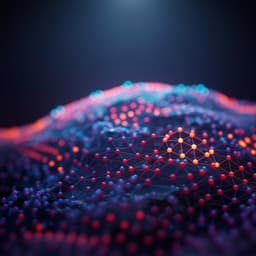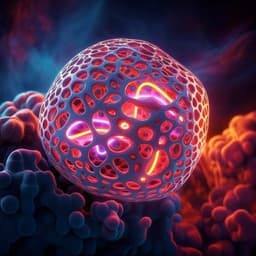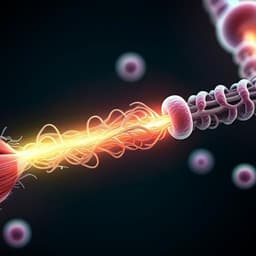
Engineering and Technology
On-chip ultrasensitive and rapid hydrogen sensing based on plasmon-induced hot electron-molecule interaction
L. Wen, Z. Sun, et al.
This innovative study unveils an advanced on-chip plasmonic-catalytic hydrogen sensing technology with an impressive detection limit of just 1 ppm. Conducted by Long Wen and colleagues, this research highlights significant improvements in sensitivity and response time, paving the way for the future of optical gas sensors.
~3 min • Beginner • English
Related Publications
Explore these studies to deepen your understanding of the subject.







